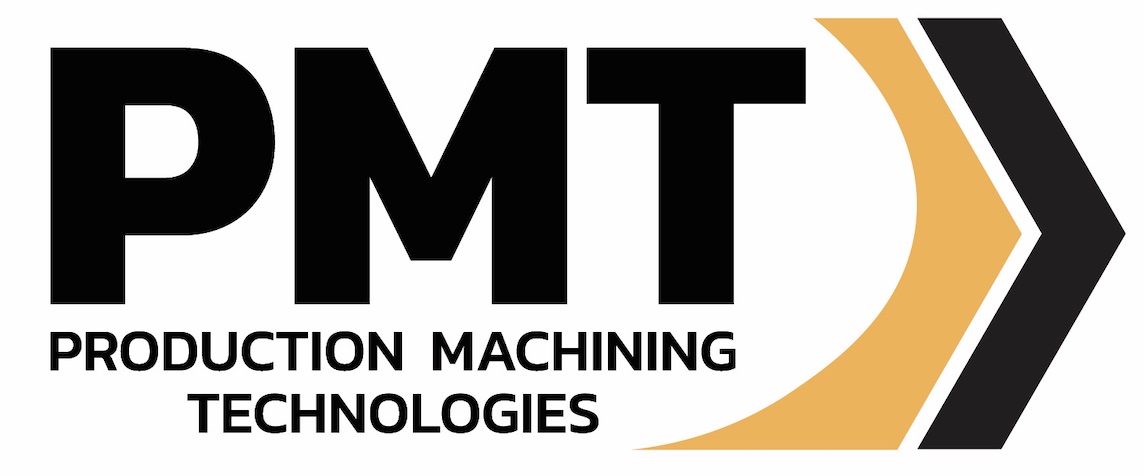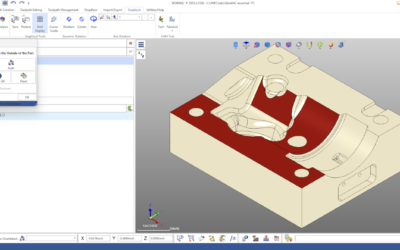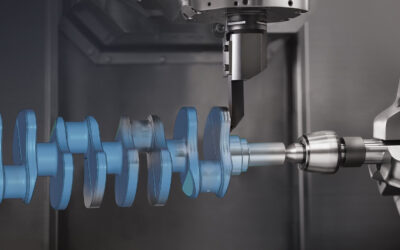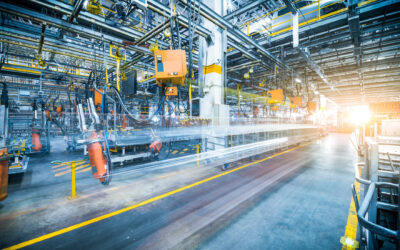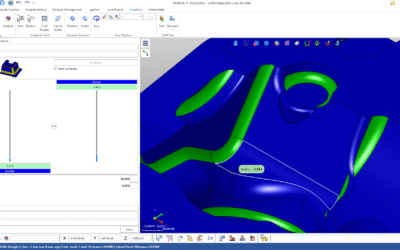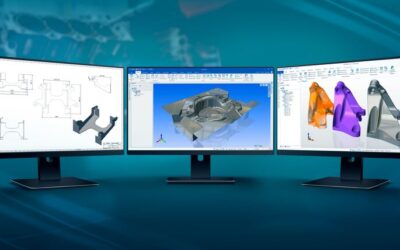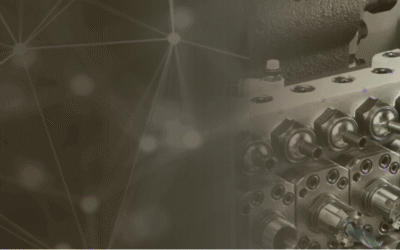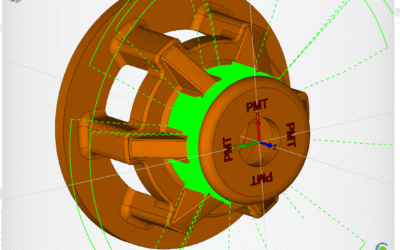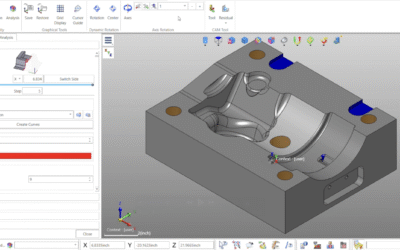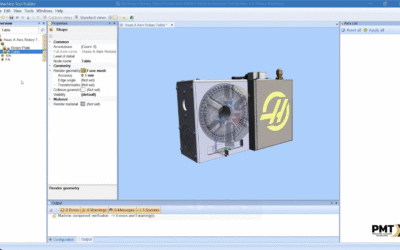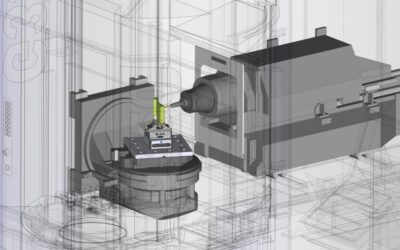Search Blog
- All
- DESIGNER
- ESPRIT
- ESPRIT EDGE
- NCSIMUL
- WORKNC
WORKNC – Analysis – Draft Angle
By Matt Ryan
Using Draft Analysis in WORKNC for Smarter Toolpath Planning Understanding surface draft is a critical step in evaluating ...
Read More ESPRIT EDGE 2025.4 — Practical Improvements You’ll Notice Right Away
By Mariano Torrez
ESPRIT EDGE 2025.4 is here, and this update is all about improving accuracy, toolpath quality, and day-to-day reliability. ...
Read More NCSIMUL 2025.4 – What’s New
By Mariano Torrez
We're excited to share the latest updates in NCSIMUL 2025.4, bringing improved simulation performance, new productivity tools, and ...
Read More The State of U.S. Manufacturing in 2025
By Mariano Torrez
The U.S. manufacturing industry continues to evolve - adapting to workforce shifts, automation, and new technologies faster than ...
Read More Composite – Blending In
By Brent Addington
An Intro to 5-axis Composite Cycles. Blending Fillet with the 5th axis 1. Set your Workplane This time, ...
Read More WORKNC Analysis: Understanding the Curvature Tool for Smarter Machining
By Matt Ryan
In the world of precision machining, understanding a part's geometry is critical for optimizing tool selection and toolpath ...
Read More DESIGNER 2025.3
By Mariano Torrez
We're excited to announce that DESIGNER 2025.3 is here - bringing a smarter, faster, and more connected experience ...
Read More ESPRIT EDGE 2025.3 — Smarter, Faster, and Ready for What’s Next!
By Mariano Torrez
ESPRIT EDGE 2025.3 is officially out, bringing powerful enhancements that make programming smoother, faster, and more precise across ...
Read More Composite – Radial 5 Axis Machining
By Brent Addington
An intro to 5-axis composite cycles. Written in as few words as possible… 1. Set ...
Read More Using the Sections Tool in WORKNC Analysis
By Matt Ryan
WORKNC is known for its powerful machining strategies, but one of its most underrated strengths lies in its ...
Read More Building a Rotary Table Fixture with ESPRIT EDGE & Machine Tool Builder
By Ben Wright
Integrating a rotary table fixture into your machining setup can significantly expand your capabilities-especially when working with complex ...
Read More A Desirable Collision
By Brent Addington
We've all been there, we set up our Freeform feature correctly, we dialed our tool in, ...
Read More 